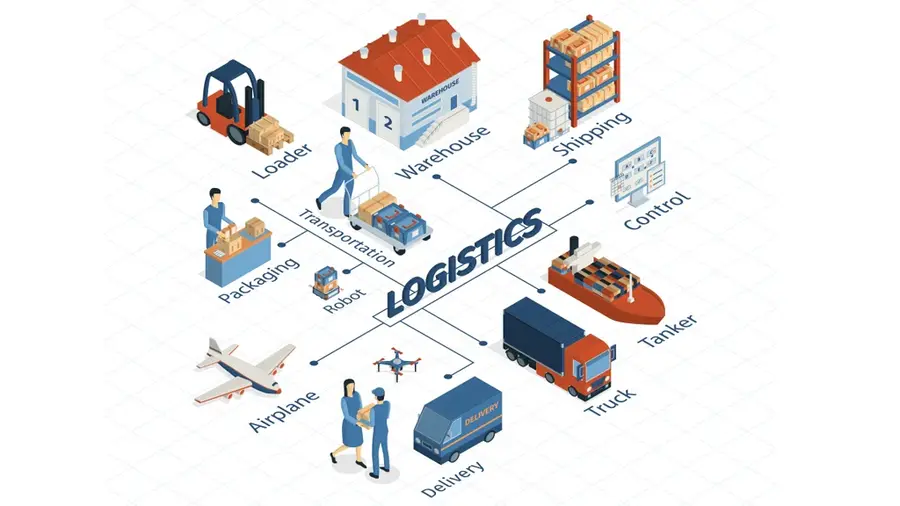Physical Address
304 North Cardinal St.
Dorchester Center, MA 02124


In the bustling world of Pakistani e-commerce, a captivating product and a user-friendly website are just the beginning. The true test of an online business often lies in its ability to deliver on its promise – literally. Efficient logistics and reliable shipping are the silent heroes that turn browsers into loyal customers. In a market where customer trust hinges heavily on timely and safe delivery, mastering your supply chain is not just a competitive advantage; it’s a fundamental necessity.
This guide will demystify the complexities of e-commerce logistics and shipping specifically within the Pakistani context. We’ll explore the critical components, highlight leading service providers, and arm you with actionable strategies to ensure your products reach your customers seamlessly, building trust and propelling your online business forward.
Pakistan’s unique geographical spread, diverse consumer behavior, and evolving infrastructure present both opportunities and distinct challenges for online businesses. Key characteristics influencing logistics include:
Navigating this environment requires a well-thought-out logistics strategy that goes beyond simply handing over a parcel to a courier.
An effective logistics strategy rests on several interconnected pillars:
Efficient inventory management is the bedrock of smooth fulfillment. Without it, you risk stockouts (lost sales) or overstocking (tied-up capital and storage costs).
Where and how you store your products directly impacts fulfillment speed and cost.
This is the process of picking items from storage, packing them, and preparing them for shipment.

Your courier service is your frontline representative. Their efficiency directly impacts customer satisfaction.
Recommendation: Don’t put all your eggs in one basket. Partner with 2-3 different courier services. This diversification provides redundancy, allows you to leverage each courier’s strengths (e.g., one for major cities, another for remote areas), and provides negotiation leverage.
COD’s prevalence is a major logistical consideration. Managing it well can significantly reduce its challenges.
Beyond choosing a courier, how you manage the shipping experience matters.
Returns are an inevitable part of e-commerce. An efficient return process can turn a potentially negative experience into a positive one.
Technology can significantly streamline your logistics operations.
The logistics sector in Pakistan is continuously evolving. With increasing investments in infrastructure, the rise of specialized e-commerce logistics providers, and the push for digitalization, the challenges are steadily being addressed. Drone deliveries, advanced analytics for route optimization, and increased adoption of digital payments will further transform the landscape.
For your e-commerce business to thrive, staying adaptable, investing in the right tools, and building strong relationships with reliable logistics partners are paramount.
E-commerce logistics and shipping in Pakistan demand meticulous planning and execution. While challenges like the reliance on COD and infrastructure variability persist, they are far from insurmountable. By implementing robust inventory management, strategically choosing and managing courier partners, optimizing your shipping processes, and leveraging technology, you can transform logistics from a hurdle into a significant competitive advantage.
Focus on delivering beyond expectations, and your customers will not only return but also become advocates for your brand in Pakistan’s exciting digital marketplace.
